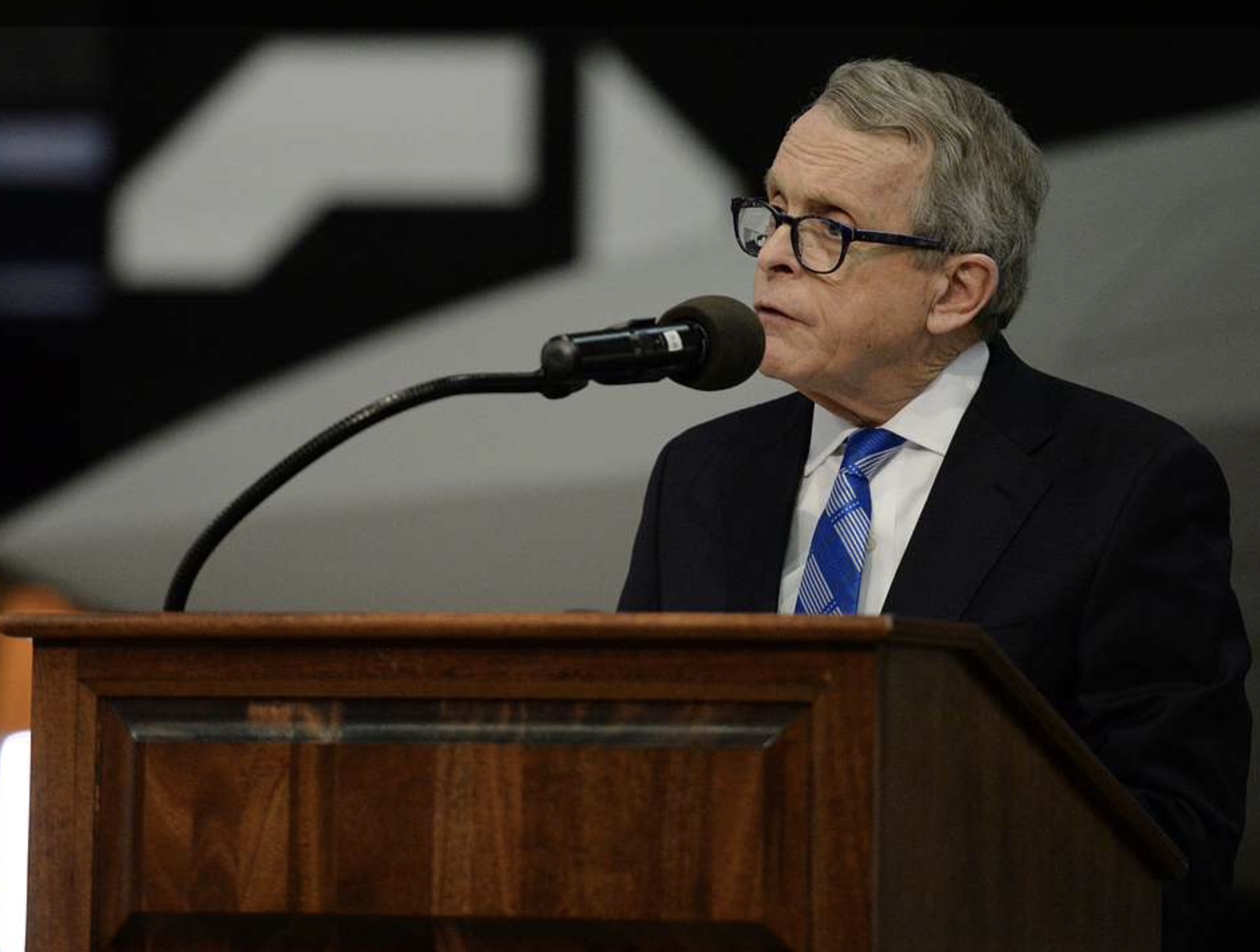Have a story idea
Have a story idea? Send it to us here.

Source : getarchive.net
June 14, 2023
Author : Alex Bustillos
Ohio Governor Mike DeWine recently approved a $13.5 billion transportation budget for the next 2 years. More than half of the budget is anticipated for state highway improvements.
The budget includes several reforms to improve public safety.
DeWine expressed his sincere gratitude for the Ohio General Assembly's ongoing support and cooperation in ensuring that the state's railroads are equipped with the utmost safety regulations, including the historic Brent Spence Bridge Corridor Project. Their continual support is a testament to their dedication to making the state a better place to do business.
Ohio has the second-largest inventory of bridges in the nation, the fifth-largest interstate system, and the sixth-highest traffic flow, as per the Ohio Department of Transportation (ODOT) reports.
HB23 allocates nearly $7.5 billion for state highway improvement projects. This budget will be split among different projects, including the funding of over $2.2 billion for pavement improvements and $717 million for bridge enhancements.
Additionally, $964 million has been set aside for local government programs and projects, $200 million for transit improvements, and $579 million for major projects funded by the Transportation Review Advisory Council.
The Brent Spence Bridge Corridor Project is allocated about $3 billion in the budget bill. By the end of the year, work is supposed to start on the project that will change transport to and through Cincinnati.
The project is expected to incur a total cost of $3.6 billion. However, Ohio, Kentucky, and the federal government will share that cost.
The two main funding sources for the state's transportation projects are state highway revenue and federal highway revenue.
ODOT Director Jack Marchbanks recently informed senators that the users of the roadway system pay a user fee which is how the state highway revenue is collected.
Registration, permit, and title fees are a few examples of usual fees. The state fuel tax is the primary source.
60% of the revenue is offered to ODOT, and the remaining 40% goes to local governments.
The new budget contains $360 million over two years in financing specifically designated for Highway Safety. This fund will be used to fix crossings that the state deems unsafe and aid local governments in funding important projects.
According to Marchbanks, their objective is to guarantee that people and commodities can travel between locations securely and effectively, and the budget gives them the necessary funds they need to do so.
On a 30-to-1 vote, the Senate approved the budget, and the House did the same on a 93-2 vote. The new budget will be effective on July 1.
The new budget does not feature any new tax or fee increase.
The state's per-gallon gas tax stays constant at 38.5 cents, and the cost of diesel remains at 47 cents.
At the beginning of the year, the registration charge for plug-in hybrid vehicles also decreased from $200 to $150.
The budget also limits using portable devices for traffic enforcement cameras by counties and townships.
A county or township has the legal right to operate red light or speed cameras on local roads.
One clause removed from the law at the Governor's request aimed to raise the speed restrictions on several two-lane roads.
DeWine declared that he would veto any proposals to raise the maximum speed limit on roadways outside of towns and cities from 55 mph to 60 mph. The speed restriction limit will rise from 60 mph to 65 mph for two-lane routes.
According to DeWine, "The data clearly shows that if we increase the speed limit even only by 5 mph, there will be people who will die in Ohio that would not have died if we'd kept the speed limit where it is today." " It's not worth the sacrifice of our loved ones on the highways. So, I'm adamantly against any kind of change in the speed limit as far as raising the speed limit."
Category : Department of Transportation Investment in Infrastructure
